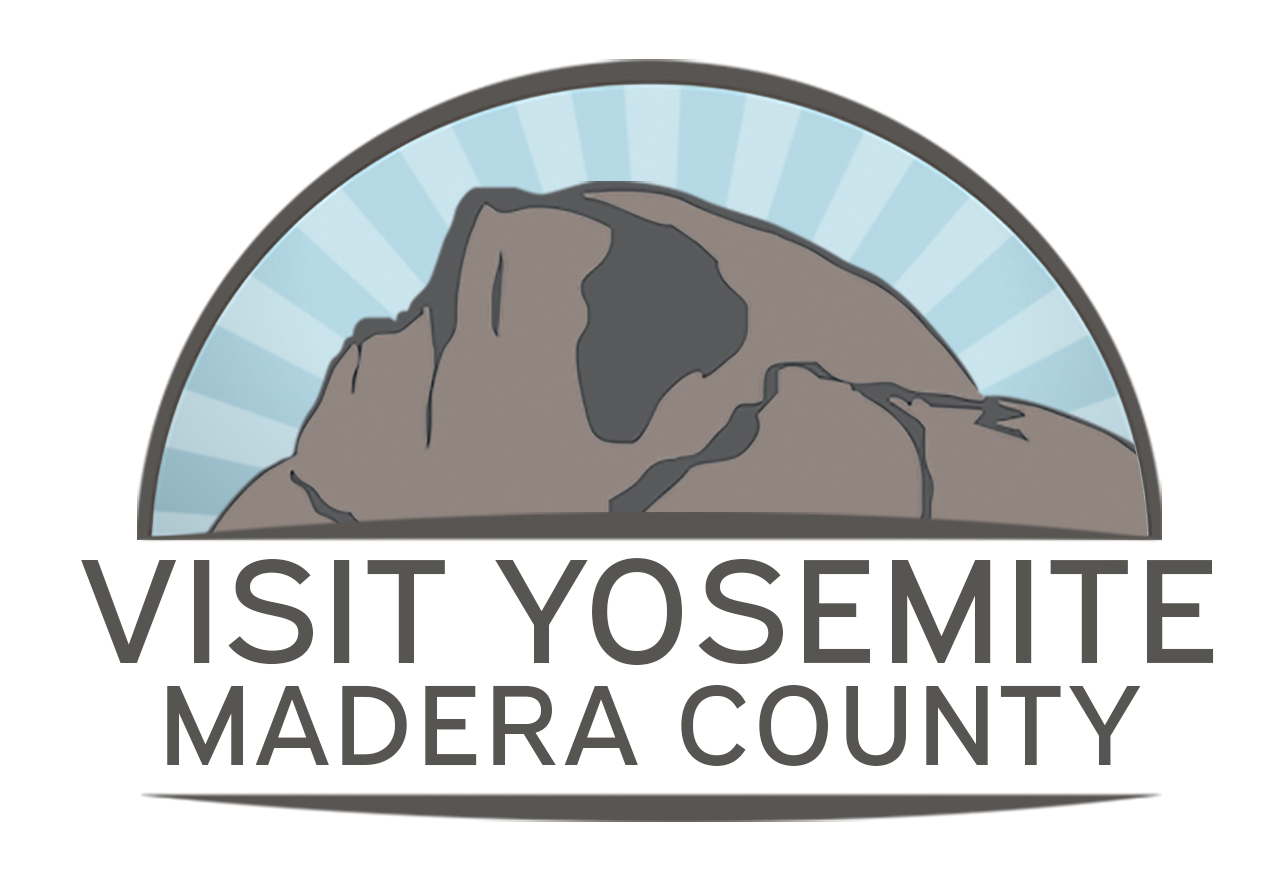Once you spot your first bear in Yosemite, a rainbow of emotions flows over you—awe, excitement, and, of course, a bit of fear. Use common sense around these large dwellers in Yosemite, and you’ll come home safe.
How Many Live In Yosemite
According to the NPS, the 1,169 square miles of the park boundary are home to somewhere between 300 and 500 black bears.
Black Bears Aren’t Just Black
 Image appears courtesy: NPS - An example of a brown Black Bear in Yosemite
Image appears courtesy: NPS - An example of a brown Black Bear in Yosemite
Biggest Boys And Gals Of The Sierra Nevada
The American Black Bear isn’t just big, but rather the largest mammal in the Sierra Nevada. Males on average weigh between 300 and 350 pounds while females are a bit lighter. Standing upright, they can be anywhere from five to seven feet in height. The largest bear ever caught inside the park weighed in at a hefty 690 pounds.
What Do Black Bears In Yosemite Eat
 Whiteleaf manzanita leaves and berries - Photo by: Leia Althauser - Image appears courtesy: NPS
Whiteleaf manzanita leaves and berries - Photo by: Leia Althauser - Image appears courtesy: NPS
The Kings Of Bulking Up
During the fall months, in preparation for hibernation, bears eat up to 20,000 calories every day. That's like eating nine large cheese pizzas, about 35 medium bean and cheese burritos, or 93 Snickers bars every single day! In terms of a bear's natural diet, it's equal to over 11 pounds of acorns or around 100 pounds of berries. Arnold Schwarzenegger would be proud.
Slow Y’er Roll
 Photo by: Steve Montalto
Photo by: Steve Montalto
Hey There, Boo Boo! I Stole A Pic-a-Nic Basket
We can’t iterate this enough - DO NOT feed the bears. The saying we’ve heard repeatedly by local residents is, “A fed bear is a dead bear.” A food-conditioned bear becomes a nuisance and a danger to people. Make sure they can live a healthy and happy life. That means putting your trash in bear proof cans and store your food properly all year-round.
Do Bears Hibernate
If you are wondering do the black bears in Yosemite hibernate, it’s not as simple as a yes or no. It's really a matter of food. If they keep finding things to eat, they’ll stay awake. But once they start using more energy than they can find in food, they’ll hibernate. Some years, this means much later or earlier depending on the environment. As we stated above, if a bear figures out how to gain access to human food or trash, they may skip hibernation altogether.
For the latest goings-on in Yosemite surrounding the Black Bears, be sure to visit the Bear Team Blog page.
______________________________________________________________________________________
Like what you see? Save any of these pins (or possibly all of them) to your travel planning board(s) to give you an easy way to find your way back here! Also check out our other blog posts as well as itineraries for more ideas and pins!
About The Author:
Alex founded localfreshies.com® in 2014 to be the #1 website providing the “local scoop” on where to eat, drink & play in mountain towns throughout North America. When he’s not writing and executing marketing strategies for small businesses & agencies, he’s in search of the deepest snow in the winter and tackiest dirt in the summer.













 Alex Silgalis
Alex Silgalis


